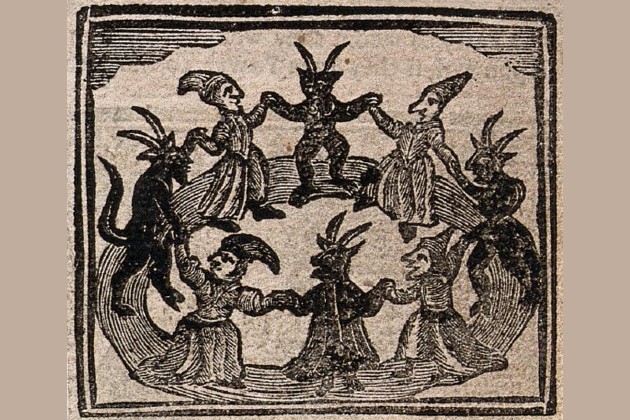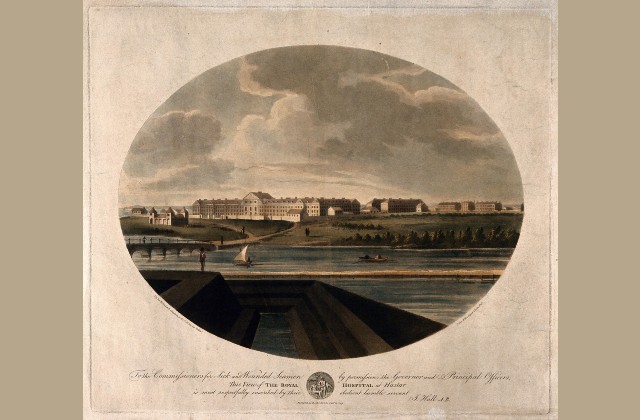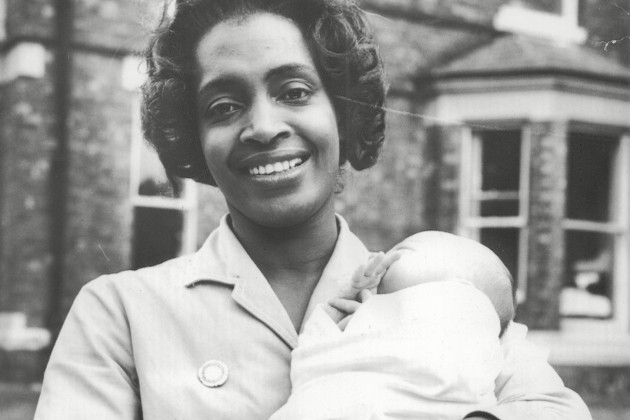Between 1563 and 1736, nearly 4,000 people were accused of being witches under Scotland’s Witchcraft Act. An estimated two-thirds of the accused, mostly women, were strangled and burned at the stake.
People were accused of witchcraft for many different reasons, but for some, actions taken to help care for sick neighbours or assist with childbirth would ultimately contribute to their downfall. At the 2021 RCN Foundation lecture, Professor Nicola Ring from Edinburgh Napier University will present new research into the connections between these witchcraft trials and early nursing and midwifery practices.
Using the Survey of Scottish Witchcraft (SSW), the research has identified those accused of witchcraft due to their folk healing or midwifery, and uncovers details about their caring and healing techniques.
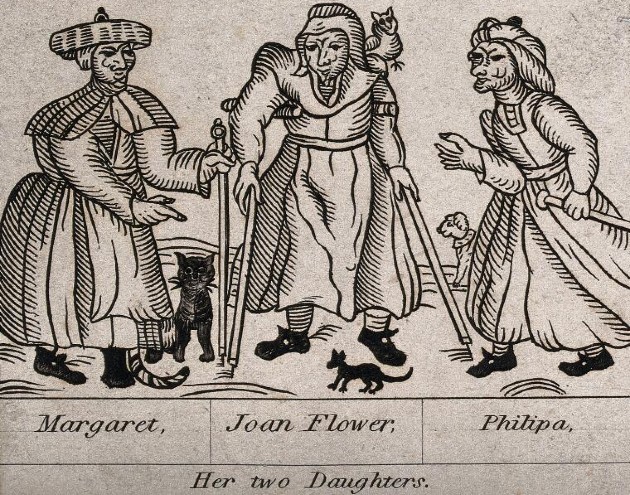
“Nursing history is my absolute passion,” says Nicola, who’s usually found teaching or supervising nursing students and conducting research into long-term conditions. “I think it’s important that we learn from and critique our history because it helps us understand how things are today.”
During the first lockdown, Nicola heard about the Witches of Scotland campaign – Claire Mitchell QC’s attempt to secure a posthumous pardon for those executed under the Witchcraft Act. Nicola contacted Claire to highlight links between witches and healers, and was introduced to the SSW. “Despite me being knowledgeable about the history of nursing, I never thought we could research these people, because I didn’t think records existed,” Nicola explains. “This conversation with Claire made me realise: actually, there’s data that we could access to find out more about these early practitioners. That gave me the idea for the project.”
There’s tantalising glimpses of what these healers and midwives were doing
Nicola teamed up with two colleagues, midwifery lecturer Nessa McHugh and child health nursing tutor Rachel Davidson-Welch. The trio secured funding from the RCN Foundation and embarked on “the perfect lockdown project” – with all the research conducted online, it was completely COVID-secure. Of 3,000 people on the SSW database, they found 142 whose witchcraft crimes related to their healing or midwifery practices.
In the witchcraft trial records, the focus was often on harm the healers or midwives were perceived to have caused. Perhaps they’d been caring for a neighbour who later died and were accused of poisoning them. Or, conversely, they’d overseen a recovery, which was then used as evidence of a pact or association with the devil. “Often there’s tantalising glimpses of what these healers and midwives were doing,” says Nicola. “You know they were giving out health drinks… but the trial records wouldn’t then say what was in the drink or what it was given for.”
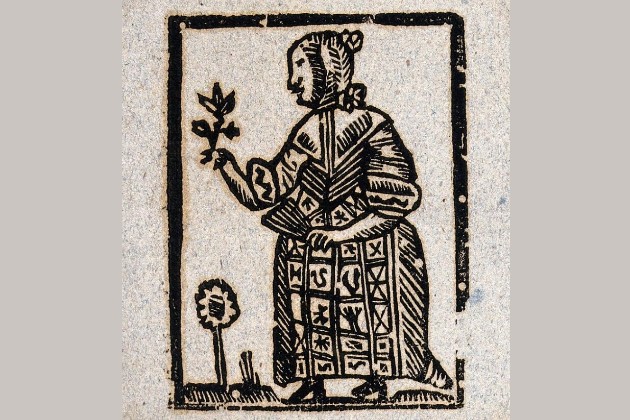
But there were some “patterns and trends”, such as the use of herbalism. “There were also a lot of traditional folklore-type practices or rituals reported. Maybe if somebody was giving birth, the midwife would put a protective circle of honeysuckle or woodbine around them; things like that were recorded. There were quite a lot of male healers as well, but often records would just say that they were using salves and unguents. You’re left thinking: ‘What for? What was in these?’”
The introduction of the Witchcraft Act intersected with Scotland’s religious Reformation – the move from Catholicism to Protestantism in 1560 – and the researchers found many people being accused of witchcraft due to their continued use of pre-Reformation healing practices. “They weren’t just providing physical healing, there was an element of addressing spiritual wellbeing as well, for example by using prayers,” Nicola says. “So some of what they were doing would have been acceptable practice pre-Reformation, but post-Reformation was not.”
We found records of healers and midwives whose curing and caring work has previously been overlooked in history
Nicola is interested in the parallels between these early nurses and modern nursing history. The spiritual side of 16th-century Scottish healing suggests connections to Florence Nightingale and other Victorian nurses who championed holistic care of the body and soul, something that is still considered essential in nursing today.
Being nurses and midwives, Nicola and her colleagues were able to spot hints of modern nursing and midwifery practice, which researchers from other disciplines might have missed. For example, mentions of dressings, and the importance of cleaning and washing patients and their clothes.
“Sometimes specific things they were using still apply, sometimes it was the principles of what they were doing that still resonate,” Nicola says. “Some of the women accused were also being assertive, standing up for themselves or their families. Others did not conform to social norms. Seeing all this, it’s fair to say that being accused as witches would’ve been the fate of myself, Rachel and Nessa.”
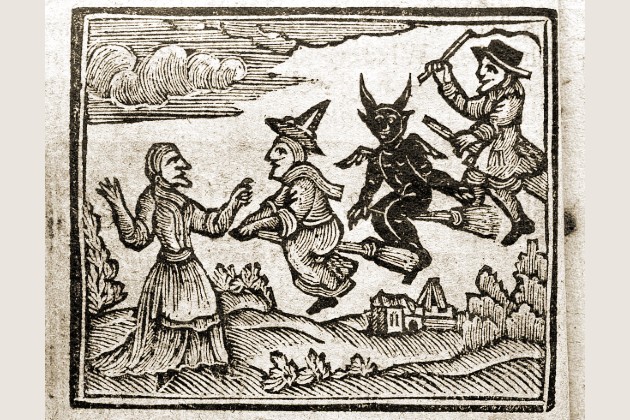
Going into the project, Nicola was aware of the witch stereotype: “There is a ‘witch healer’ perception of an old, poor, uneducated woman.” Although many of the 142 accused did conform to this stereotype, many did not, for example they found a surprising number of men (17% – a higher proportion than in nursing and midwifery today).
Some cases were very harrowing. It’s clear that confessions were forced
“As we did the work, some people stood out, so we did more in-depth investigation of original sources for a few,” Nicola says. They conducted further research into 12 women and four men, including Agnes Sampsoune, who was: “one of Scotland’s best-known witches… a renowned midwife, who was caught up in the North Berwick witchcraft trials.”
King James VI and I was a driving force behind Scotland’s pursuit of alleged witches. In 1597 he published Daemonology – a book about black magic including arguments for why witches should be persecuted in a Christian society. “The king himself interrogated Agnes and was involved in her court procedures,” says Nicola. “But we also found records of healers and midwives whose curing and caring work has previously been overlooked in history. There are some interesting people, both women and men, and often doctors were practising in a similar way to them at the time.”
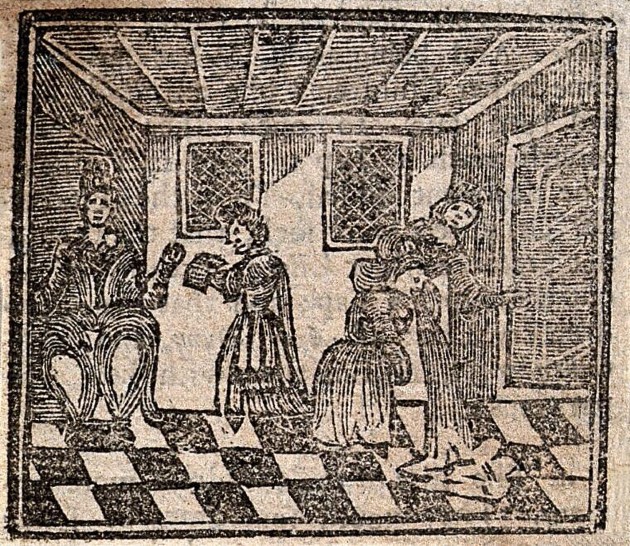
Conducting the research was disturbing at times. Those accused of witchcraft were often subjected to sleep deprivation during the trial process and some would be examined by witch prickers – people paid to find the mark of the devil on accused witches by stabbing them with long needles.
“We found examples of miscarriages of justice,” Nicola says. “Some cases were very harrowing. Many of those who were accused confessed, but it’s clear that their confessions were forced. Some of them were also accused of being in a demonic pact or seeing fairies, but if you hadn’t slept for several days, had been tortured, were in pain, had a wound infection, hadn’t been fed – it’s quite clear that would’ve contributed to why people said what they said. They didn’t deserve their fate.”
Nicola believes that analysing nursing history is good for the profession: “Too often the history of nursing is seen as starting with Florence Nightingale, but that’s not true. This project tells us more about early practitioners. It shows that many of the principles of what they were doing still apply within nursing today and has given us insight into the early history of our professions.
“We’re hoping that it sparks more interest in the history of nursing and midwifery and how knowing about the past helps us to understand our professions today.”
Find out more
- Find out more about RCN Foundation and how to apply for research funding.
- Read more about the Witches of Scotland legal campaign and listen to their podcasts.
- Find out how to join the RCN History of Nursing Forum.
- Do you have any ancestors who were accused of witchcraft? Search the Survey of Scottish Witchcraft to find out.


